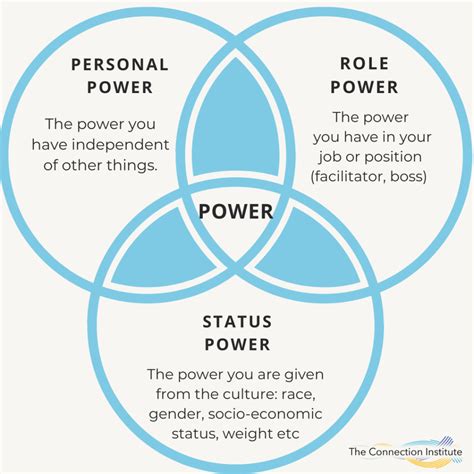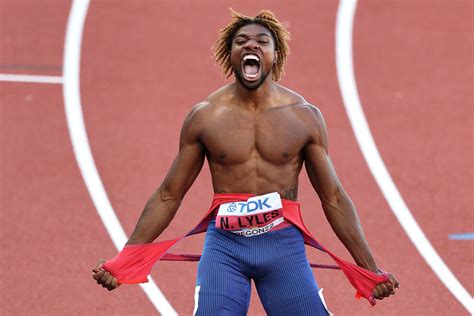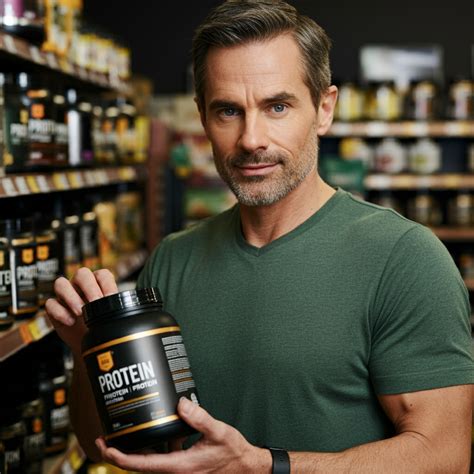What’s the best strategy to maximize strength & power output for peak performance?

Achieving peak performance in sports and physical endeavors often boils down to maximizing both strength and power output. While often used interchangeably, these two distinct physical qualities are crucial for different aspects of athletic prowess. Strength is the ability to generate maximal force, typically against heavy resistance, while power is the ability to generate that force quickly. Combining and optimizing both is the ultimate goal for athletes seeking an edge.
The Foundation: Progressive Overload & Periodization
At the heart of any effective strength and power program is the principle of progressive overload. This means continually increasing the demands placed on the musculoskeletal system to stimulate adaptation. This can be achieved by increasing weight, reps, sets, decreasing rest times, or improving exercise complexity. Without consistent progression, plateaus are inevitable.
To avoid overtraining and ensure consistent progress, periodization is essential. This involves systematically varying training volume, intensity, and exercise selection over planned cycles. Macrocycles (yearly), mesocycles (months), and microcycles (weeks) allow for peaks in performance by strategically alternating between accumulation (building base), intensification (increasing load), and tapering (reducing volume for competition).

Targeted Training Strategies
To build maximal strength, the focus should be on heavy compound lifts performed with low repetitions (1-6 reps) and high intensity (85-100% of 1-rep max). Exercises like squats, deadlifts, bench presses, and overhead presses are fundamental. Adequate rest between sets (2-5 minutes) is crucial to allow for ATP regeneration and optimal performance on each set.
Developing power requires a different approach, emphasizing speed and explosiveness. Plyometrics (jump training, box jumps, depth jumps), Olympic lifts (snatches, clean & jerks), medicine ball throws, and sprints are excellent for improving power output. These exercises should be performed with maximal intent and relatively low volume to prevent fatigue from compromising speed.

A well-designed program will integrate both strength and power training, often in different phases or even within the same workout, ensuring adequate recovery. For example, lifting heavy in the early week and performing explosive power work later in the week, or executing power movements before heavy strength lifts (complex training).
The Crucial Role of Recovery and Nutrition
Optimal nutrition is the bedrock of performance and recovery. A diet rich in protein supports muscle repair and growth, complex carbohydrates provide energy for intense workouts, and healthy fats are vital for hormone production and overall health. Hydration is also paramount. Strategic nutrient timing, such as consuming protein and carbs post-workout, can accelerate recovery.

Training breaks down the body; recovery builds it back stronger. Sufficient sleep (7-9 hours) is non-negotiable, as it’s when most growth hormone is released and the body repairs itself. Active recovery (light cardio, stretching, foam rolling) can improve blood flow and reduce muscle soreness. Incorporating deload weeks periodically helps prevent burnout and allows the body to fully recuperate.

Mastering Technique and Listening to Your Body
Proper form and technique are paramount for both injury prevention and maximizing effectiveness. Poor form not only increases the risk of injury but also diminishes the activation of target muscles and reduces the overall force or power output. Investing time in mastering movement patterns is more beneficial than ego-lifting heavy weights with bad form.
Athletes must also learn to listen to their bodies. Pushing through severe pain can lead to serious injury. Understanding the difference between muscle soreness and joint pain, and knowing when to scale back or take an extra rest day, is a mark of a smart and sustainable training approach.

Maximizing strength and power for peak performance is a multifaceted endeavor that goes beyond simply lifting heavy. It involves a strategic blend of progressive overload, periodized training, specific strength and power drills, meticulous nutrition, disciplined recovery, and unwavering attention to technique. By integrating these elements into a coherent program, athletes can unlock their full potential and achieve consistent, superior performance.






